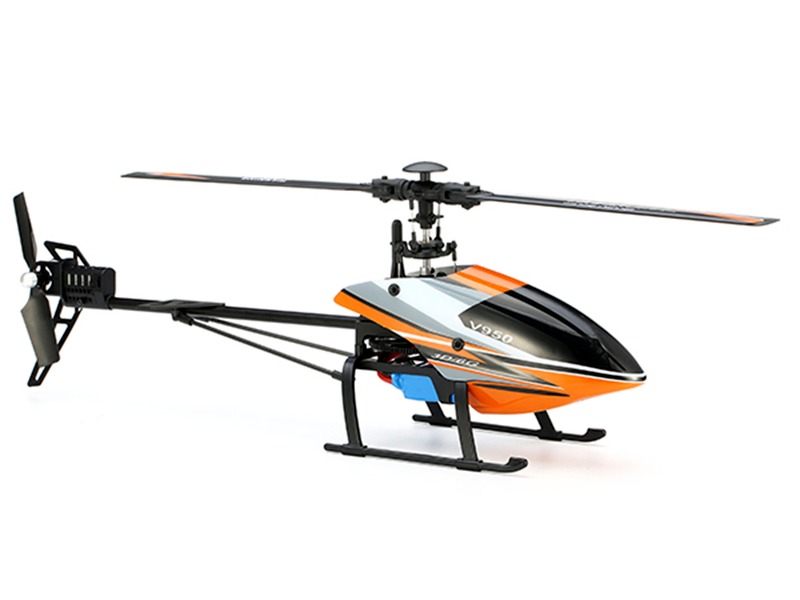Is it hard to fly a RC helicopter?

Flying a RC (remote-control) helicopter can be a difficult task, especially for someone who has never done it before. RC helicopters have complex controls and require a lot of skill, practice, and patience to master. Before attempting to fly, potential pilots should learn the basics and understand the necessary safety precautions.
The complexity of the controls can make it hard to fly a RC helicopter. The controls consist of a transmitter, a receiver and servos. The transmitter is the handheld device the pilot uses to control the helicopter. The receiver is the component that receives the signal from the transmitter and relays it to the servos. The servos are what actually move the helicopter and control its speed, direction, and altitude. To successfully fly a RC helicopter, pilots must learn how to use each component properly.
In addition to the complex controls, there are also physical and environmental factors that can make it hard to fly a RC helicopter. The wind and the air temperature can affect the way the helicopter flies. Also, the weight of the helicopter and the number of rotors it has will determine how easily it can be maneuvered. For example, a heavier, four-rotor helicopter will be much harder to fly than a lighter, two-rotor model.
Lastly, a RC helicopter can be difficult to fly because of the pilot’s reaction time. A pilot’s reaction time is the time it takes them to respond to changes in the helicopter’s position. If the pilot takes too long to respond, the helicopter can crash or become unresponsive. To improve reaction time, pilots should practice the basic commands of their RC helicopter and become familiar with its controls.
Overall, flying a RC helicopter can be a challenging yet rewarding experience. It takes time and dedication to learn the necessary skills and become an experienced pilot. To make flying easier, potential pilots should research and learn the basics, practice regularly, and pay attention to environmental and physical factors. With enough practice and patience, flying a RC helicopter can become a fun and exciting hobby.
Comments / Question
2. Not practicing hover: Hovering is the most important skill to master when flying an RC helicopter. It is important to practice hovering in a safe environment before attempting any more advanced maneuvers.
3. Not understanding the importance of trim: Trim is the adjustment of the helicopter’s controls to help it stay in a stable position. Not understanding the importance of trim can lead to a crash.
4. Not understanding the importance of gyroscope: A gyroscope helps an RC helicopter maintain stability and control. Not understanding the importance of the gyroscope can lead to an unstable flight.
5. Not understanding the importance of flight modes: Flight modes help an RC helicopter pilot control the helicopter’s speed and maneuverability. Not understanding the importance of flight modes can lead to a crash.
6. Not understanding the importance of wind: Wind can have a significant effect on the RC helicopter’s flight path. Not understanding the importance of wind can lead to a crash.
2. Clean and lubricate the gears and other moving parts.
3. Inspect the rotors and replace them if worn or damaged.
4. Check the transmitter and receiver for any loose connections.
5. Tighten any loose screws and nuts.
6. Perform regular flight tests to check the performance of the RC helicopter.
7. Make sure the landing gear is in good condition.
8. Balance the blades for optimal performance.
9. Check the motor for any signs of wear and tear.
10. Adjust the trim settings for improved stability.
2. Wear safety glasses to protect your eyes from debris.
3. Make sure the helicopter is in good condition and all parts are secure before flying.
4. Check the weather conditions before flying and avoid flying in windy conditions.
5. Make sure the battery is fully charged and the transmitter is functioning properly.
6. Fly at a safe altitude and keep the helicopter in sight at all times.
7. Avoid flying over water or other hazardous areas.
8. Be aware of your surroundings and other aircraft in the area.
9. Follow all local laws and regulations regarding RC aircraft.
10. Have a spotter to help you keep an eye on the helicopter while flying.

